At the beginning of the dynasty, the Empire was still recognizable as the Eastern Roman Empire, dominating the Mediterranean and harbouring a prosperous Late Antique urban civilization. By the end, the realm had been reduced to little more than the capital, Anatolia, and some scattered territories in Greece and Italy.
The last two decades of this era were dominated by a rapid succession of emperors, all of whom were inefficient in turning back the Arab conquest. This period is sometimes referred to as ‘20 years of anarchy’. The period ends with the ascension of Leo III ‘the Isaurian’, who would turn back the Arabs in 718 – but who also banned religious images, kickstarting a religious division which would come to dominate Byzantine politics for more than a century.
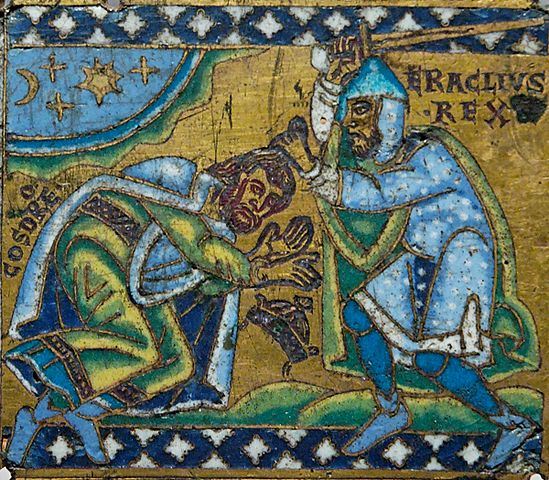
.jpg)
Reverse: VICTORIA AЧGЧ Z, cross potent on three steps; at sides, Heraclius and Tiberius standing facing, each holding globus cruciger; CONOB in exergue.
Die Orientation: 7 H
Weight: 4.38 g
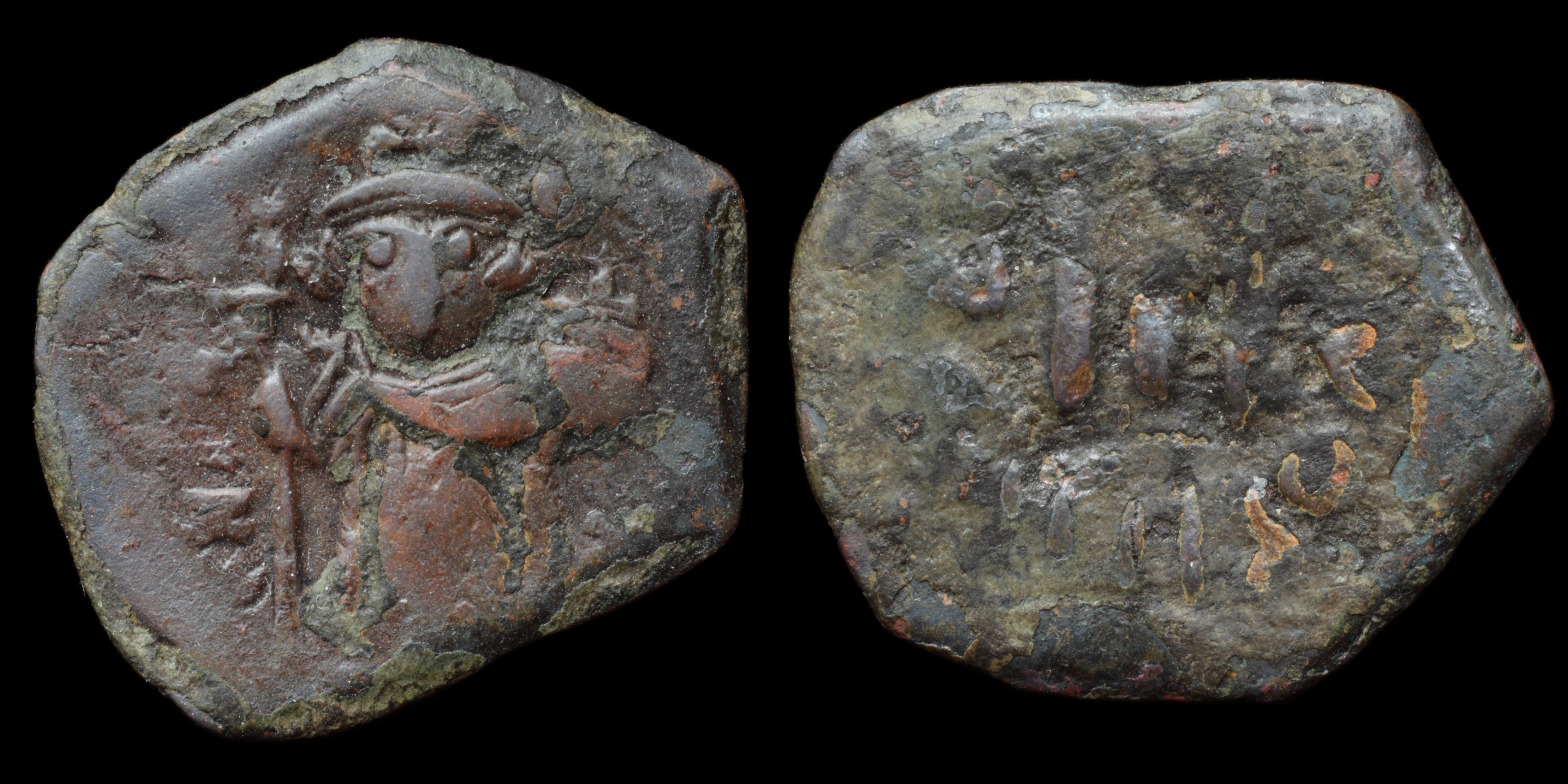
Reverse: large M / ANA / NEOϚ / * / E IIII
Die Orientation: -
Weight: 3.8 g
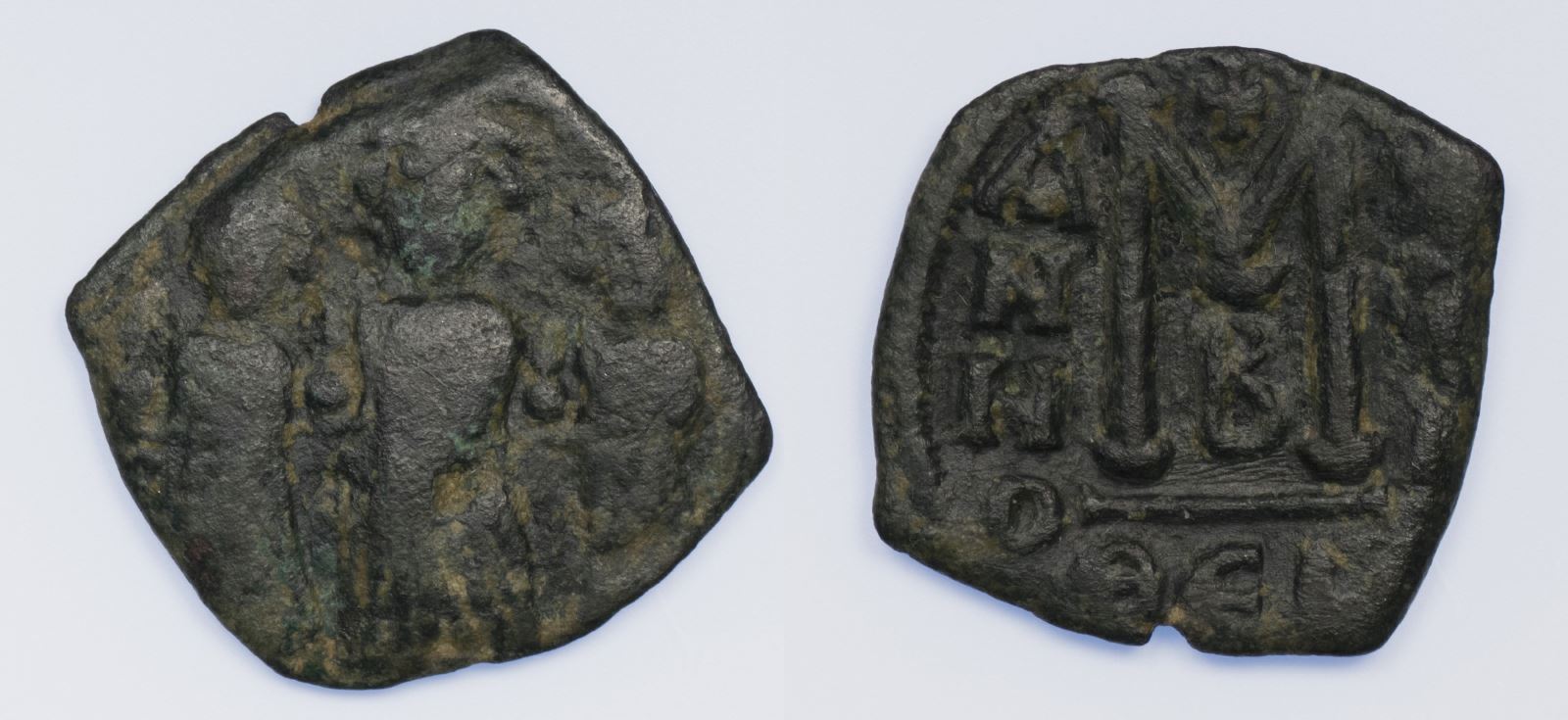
Reverse: Large M, ANNO at left, cross at top, B below, XVI at right, ΘEC in exergue
Die Orientation: 7 H
Weight: 3.42 g
Byzantine Empire
Heraclius regnal year 16 = 624-625 AD
Second officina in Thessalonica mint

Reverse: Cross potent within wreath
Die Orientation: 0 H
Weight: 0.6 g
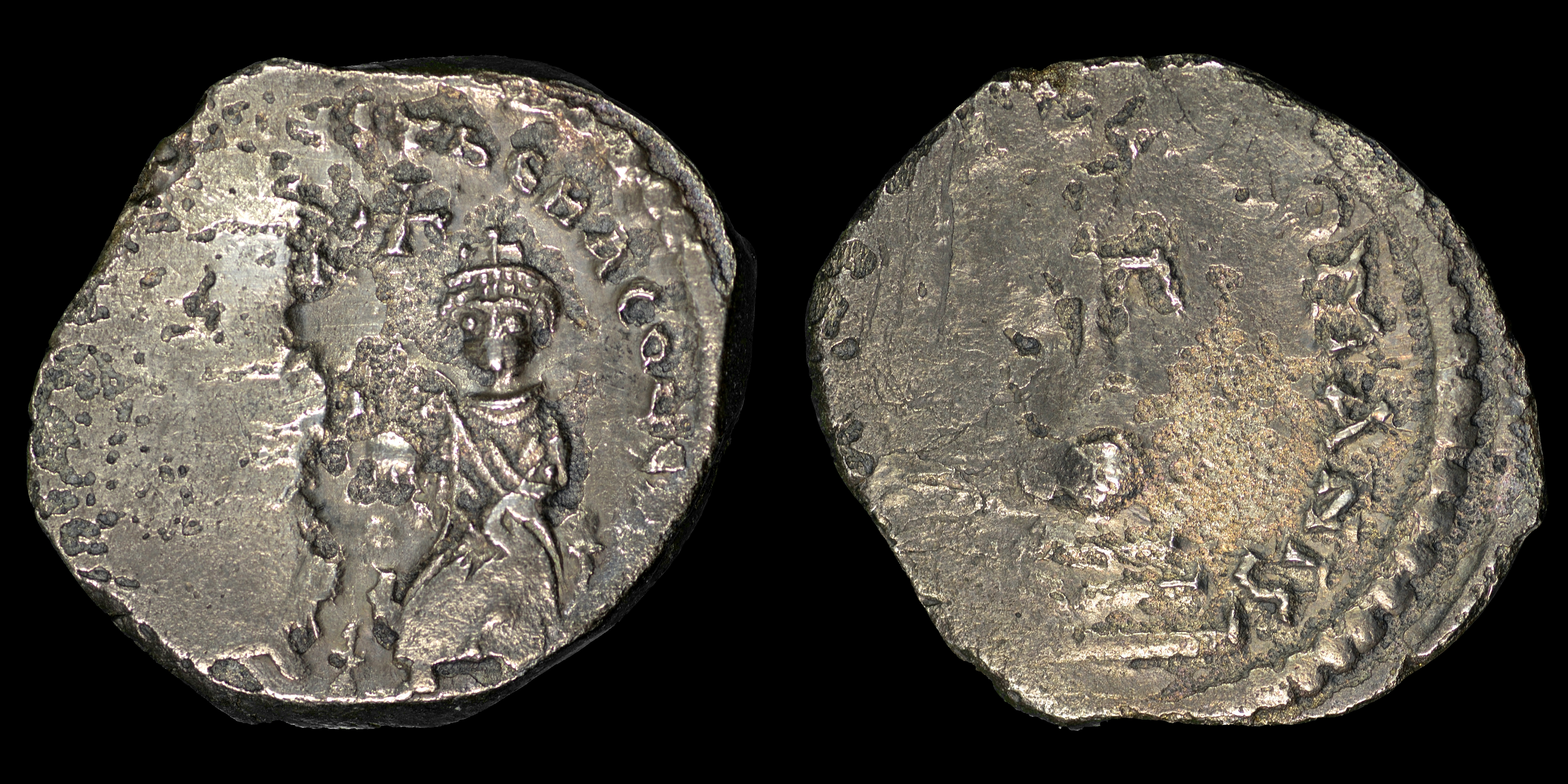
Reverse: dEUS AdIUtA ROmANIS, Cross-potent on globe above three steps (no field marks)
Die Orientation: -
Weight: 6.4 g
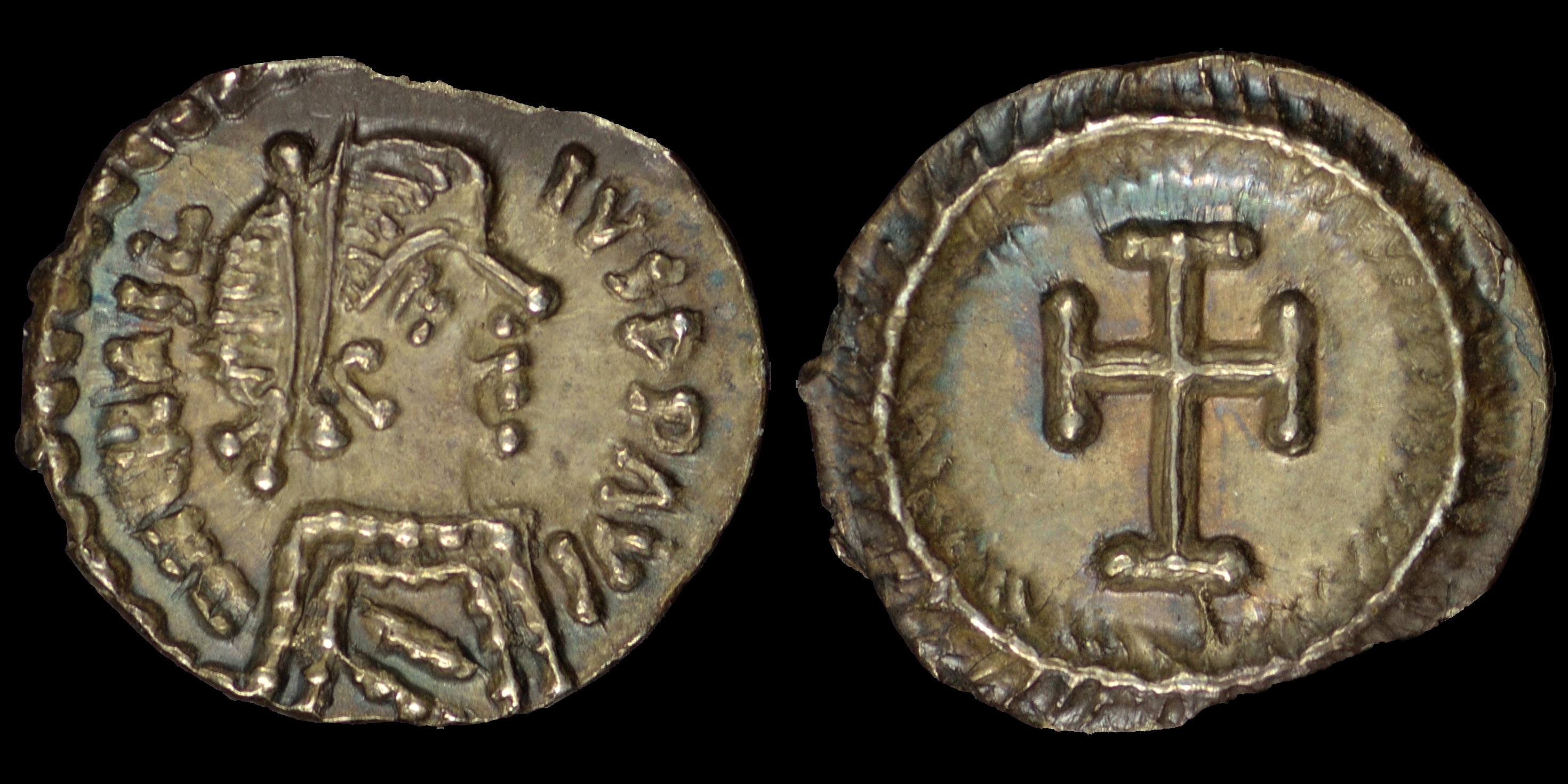
Reverse: Cross within raised border or wreath
Die Orientation: 0 H
Weight: 0.3 g
.jpg)
Reverse: VICTORIA AVÇЧ І Cross potent/ CONOB
Die Orientation: -
Weight: 1.45 g
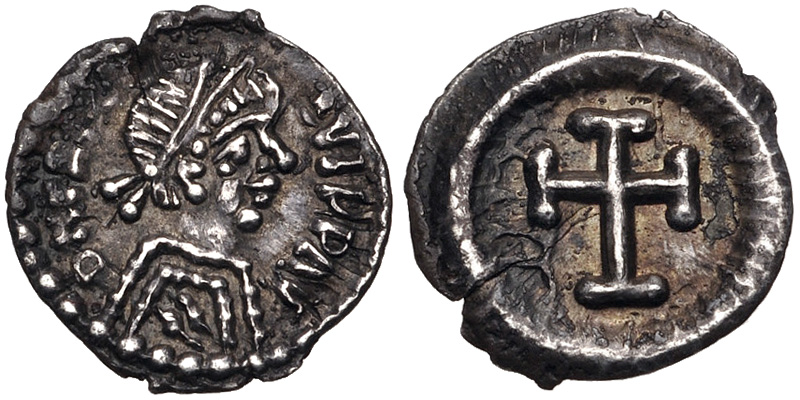
Reverse: Cross potent within wreath
Die Orientation: 6 H
Weight: 0.4 g
